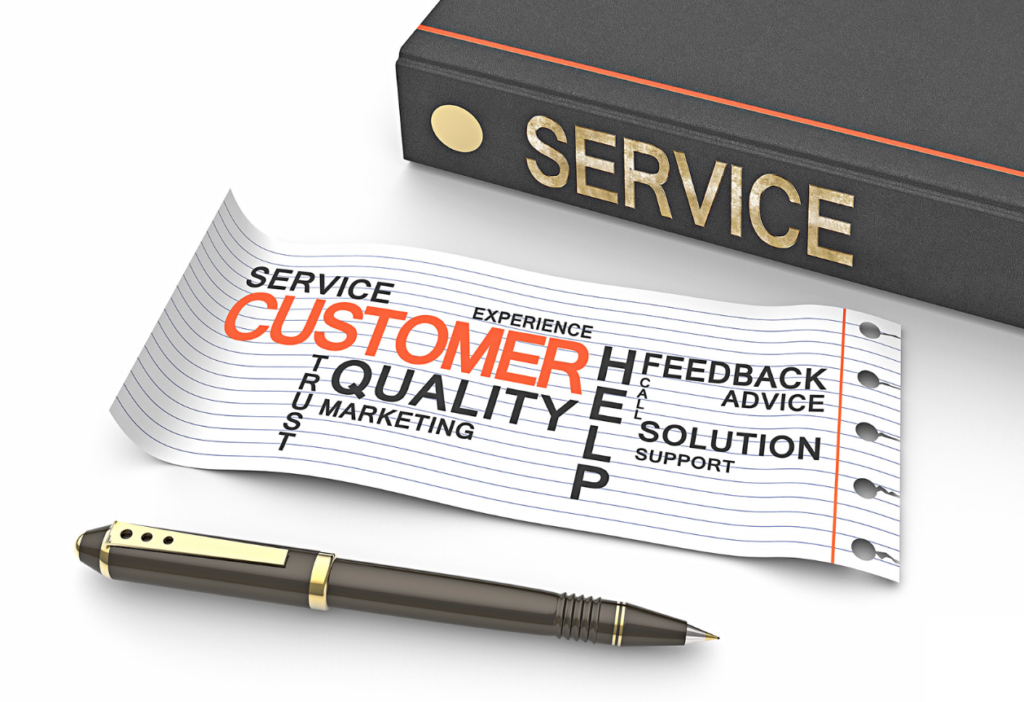New Year Strategies: A Measurement and Management Exercise

The end of the year is approaching and many entrepreneurs are preparing to measure the performance of their companies over the past twelve months. Through this exercise, they can establish new strategies that will allow them to improve operations during the following period. For those who did not get the expected results in 2016, this also presents an opportunity to identify areas within their business that need improvement, and take new directions.
While it might be felt that this evaluation focuses only on the information collected by the accounting department (income, expenses and profits); a comprehensive and efficient study requires the assessment of several factors surrounding the purchasing of a product. That being the case, what can we measure and how do we do it?
In an interview for Vallarta Real Estate Guide, marketing expert Ma. de Jesús Ulloa—who is also a professor at Puerto Vallarta’s Higher Institute of Technology—shared recommendations for small and medium-sized enterprises that are undertaking this process. “Anything that can be measured, can be improved and managed,” she mentions.
Measuring Factors
· Clients and Market
It is essential to create and continually analyze a database containing client information, so the following questions can be answered: Who is purchasing the product? How often do they buy? Why? In this fashion, we can obtain an updated market profile and notice if there is a market segment that has stopped purchasing the service or product.
The Pareto Principle—a marketing basic tenet—estimates that about 20% of the customers produce 80% of the company’s sales. After identifying who represent this precious percentage, it is highly advisable to establish incentives to encourage these customers to keep buying (some alternatives to consider are special sales, promotions and discounts). Furthermore, contacting former clients and asking them why they stopped buying is also recommended. Reactivation strategies for lapsed customers can be established based on this information.
· Sales
Recording sales per day, month and year will allow you to identify the market’s behavior over a given time. During the high season, it may be necessary to take measures such as hiring staff or increasing the inventory. On the other hand, low seasons may be the perfect time to implement advertising and promotional strategies or offer lower prices for products that did not perform as expected.
In order to measure your sales department’s performance, assess the conversion rate of your business: How many of your clients and prospects that showed interest in your product ended up purchasing it? If the percentage is low, you should consider offering training for your sales representatives.
· Product and Place
Sales analysis also provide important information related to your products or services: Which is the most successful and which has become obsolete? “There are companies that have offered the same products and promoted them the same way ever since they opened. Nowadays, the market gets tired easily and wants to see changes,” Ulloa explains. Updating your image and promotional strategies should be implemented regularly.
· Competition
Being aware of the place your brand occupies in the customer’s mind, identifying your major competitors and the market leader, will allow you to have the best competitive edge. In order to collect information about your competitors, you can take advantage of the observation technique: visit their establishments, try their services and take notes of their processes, employee performance, customer service and prices, among others. This approach would allow you to establish competitive advantages.
· Specials
Analysis of whether specials throughout the year achieve their goals and attracted new clients or just generated a minimum increase on sales, allows reformulating them in terms of offer, timeframe and dynamic.
· Budget
Establishing and overseeing the budget policies helps prevent money leaks. Comparing suppliers for each purchase you make, considering the advantages and disadvantages of each payment method and checking out guarantees, will keep your enterprise’s budget healthy.
· Advertising
Aside from the implementation of a comprehensive advertising strategy through several media outlets, one of the best promotional options is Buzz Marketing. This consists of encouraging your happiest customers to recommend your company by offering them incentives such as bonuses.
· Customer satisfaction
“Nowadays, clients complain less because they do not want to waste time. They simply do not return and choose another brand,” Ulloa comments. Following up customer complaints and recommendations received over the year and contacting them, are simple actions that could make a difference between success and failure in 2017.
Delegate Operation and Focus On Strategy
A lot of business owners focus on the operational aspect of the company, finding it difficult to delegate important activities or processes. This can be counterproductive as the strategy is relegated. The assessment of the performance and the management of improvements in each department is a full-time job that also involves more communication with your collaborators. Ulloa considers empowering each of your employees and encouraging feedback essential: “If you are not measuring any of these elements, stay close to your staff. They know the company better than anyone. Identify your best employees and get them involved in this evaluation process,” she concludes.

Marketing expert Ma. de Jesús Ulloa.
